In October 2021, Seccom CEO Sam Blango will be touring eight countries in West Africa to further Seccom’s Tourism opportunities. During this trip Mr. Blango will be discussing cultural exchange in regards to music, art, textiles, and developing communities through construction and solar. Here is a basic itinerary of the trip in October, 2021.
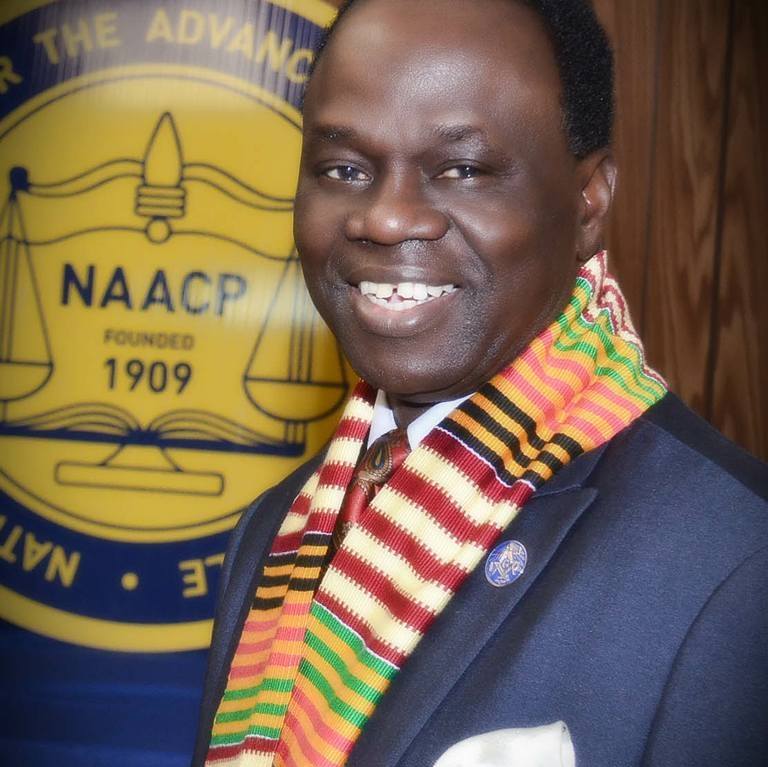
DAKAR, SENEGAL
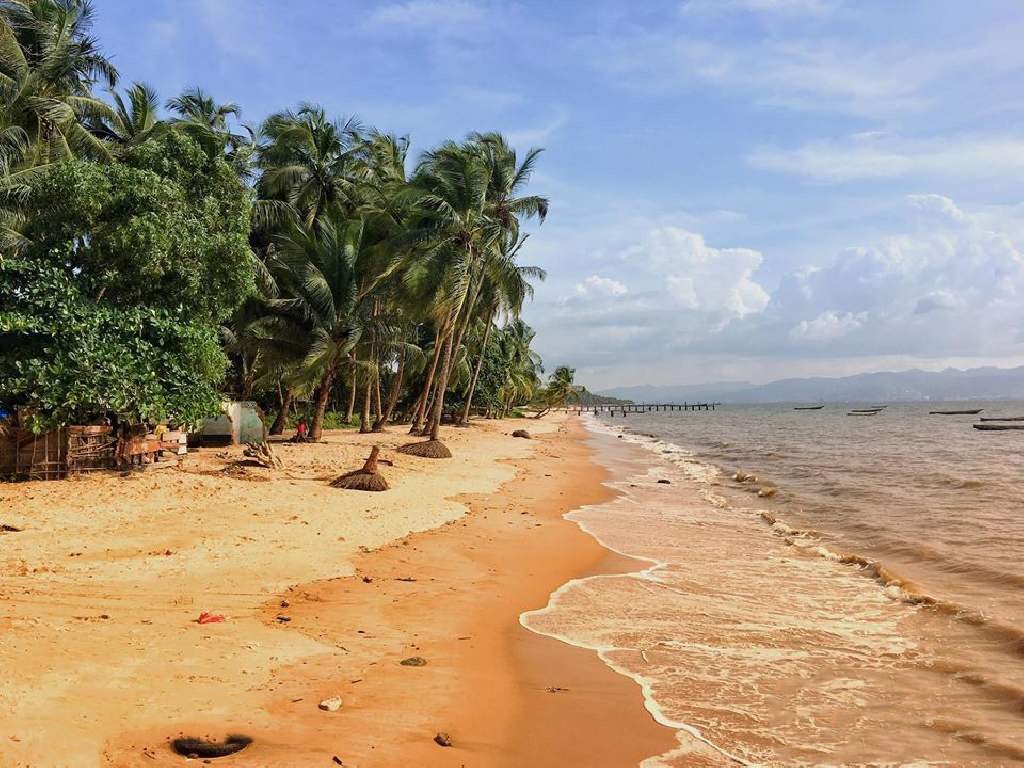 Sitting at the continent’s western-most tip, Senegal marks the fusion point of Africa’s Arabic north, with the diverse and colorful cultures of the region’s southern gulf.
Sitting at the continent’s western-most tip, Senegal marks the fusion point of Africa’s Arabic north, with the diverse and colorful cultures of the region’s southern gulf.
Hemmed in by the ever-encroaching sands of the Sahel, the waves of the Atlantic and the dense jungle of the Casamance region, Senegal often seems to work a beat and rhythm all on its own. Emphatically Muslim, yet exuding French undertones, it evokes both the best in colonial-era architecture and the worst vestiges of the slave trade.
Senegal’s bustling, cosmopolitan capital of Dakar is always bursting with life. This is a city of busy streets, colorful markets and vibrant activity – at first it can seem chaotic, but embrace the rhythms of Dakar’s life and you’ll come to appreciate it just as much as the passionate people who live here.
GOREE ISLAND EXPLORATION & DAKAR CITY TOUR
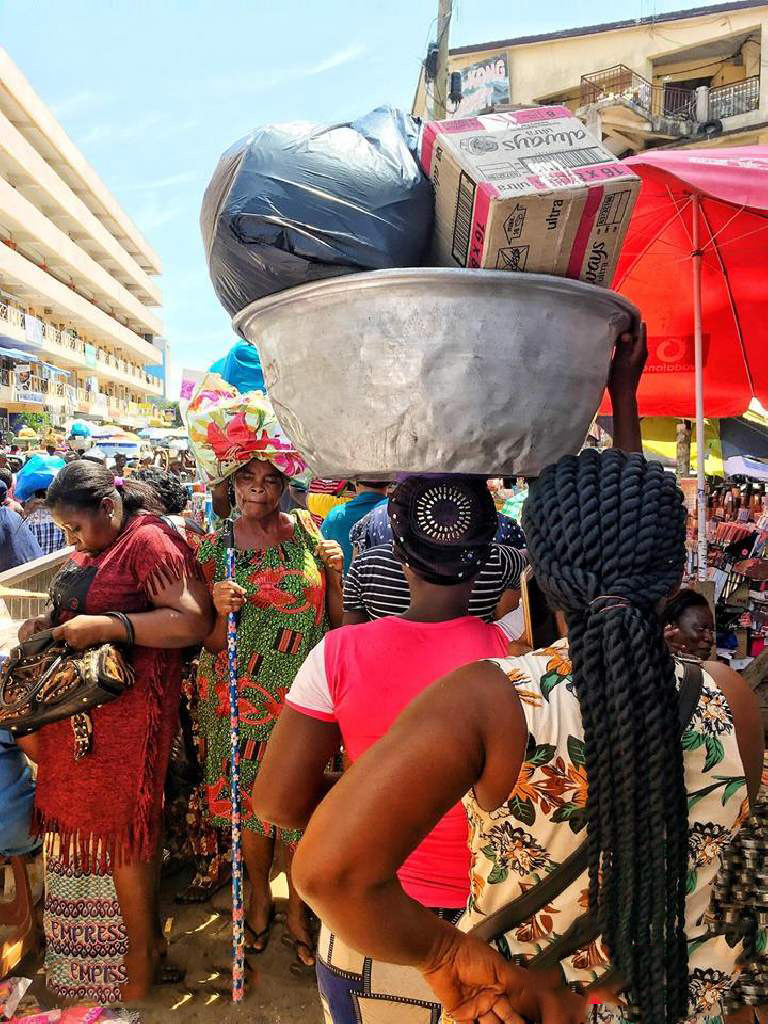 Next we take a short ferry ride to Gorée Island. The island of Gorée lies off the coast of Senegal, opposite Dakar. From the 15th to the 19th Century this was one of the largest slave-trading centres on the African coast. Ruled in succession by the Portuguese, Dutch, English and French, its architecture is characterized by the contrast between the grim slave-quarters and the elegant houses of the slave traders. Today it continues to serve as a reminder of human exploitation and as a sanctuary for reconciliation.
Next we take a short ferry ride to Gorée Island. The island of Gorée lies off the coast of Senegal, opposite Dakar. From the 15th to the 19th Century this was one of the largest slave-trading centres on the African coast. Ruled in succession by the Portuguese, Dutch, English and French, its architecture is characterized by the contrast between the grim slave-quarters and the elegant houses of the slave traders. Today it continues to serve as a reminder of human exploitation and as a sanctuary for reconciliation.
Our tour of Gorée Island includes a visit to the ethnographic museum and a lecture by the curator on the history of the island, a UNESCO World Heritage Site. In the afternoon we will return to Dakar and continue with a city tour. We will stop by the new Mouride Mosque, one of the most important religious buildings in the capital of Senegal. We will also pass by the Presidential Palace and the picturesque residential district of Medina, as a well as pay a visit to the Musee des Civilizations Noires. Before returning to the hotel we will enjoy a drive along the corniche.
BANDIA WILDLIFE RESERVE & JOAL FADIOUTH
This morning we will travel southeast from Dakar and head to the Bandia Reserve where we enjoy a morning safari. The small Bandia Reserve is a real ecological jewel in the crown of Senegal, and has succeeded in reintroducing much of the native flora and fauna that had gradually disappeared due to demographic pressure and poaching. Here in a setting of baobabs and thorny scrub vegetation we have the chance to see a variety of wildlife ranging from Burchell’s Zebra, giraffe, Roan Antelope, Cape Buffalo, Cape eland and Oryx to greater kudu, and Somali Ostrich. As well, there are over 120 bird species represented here.
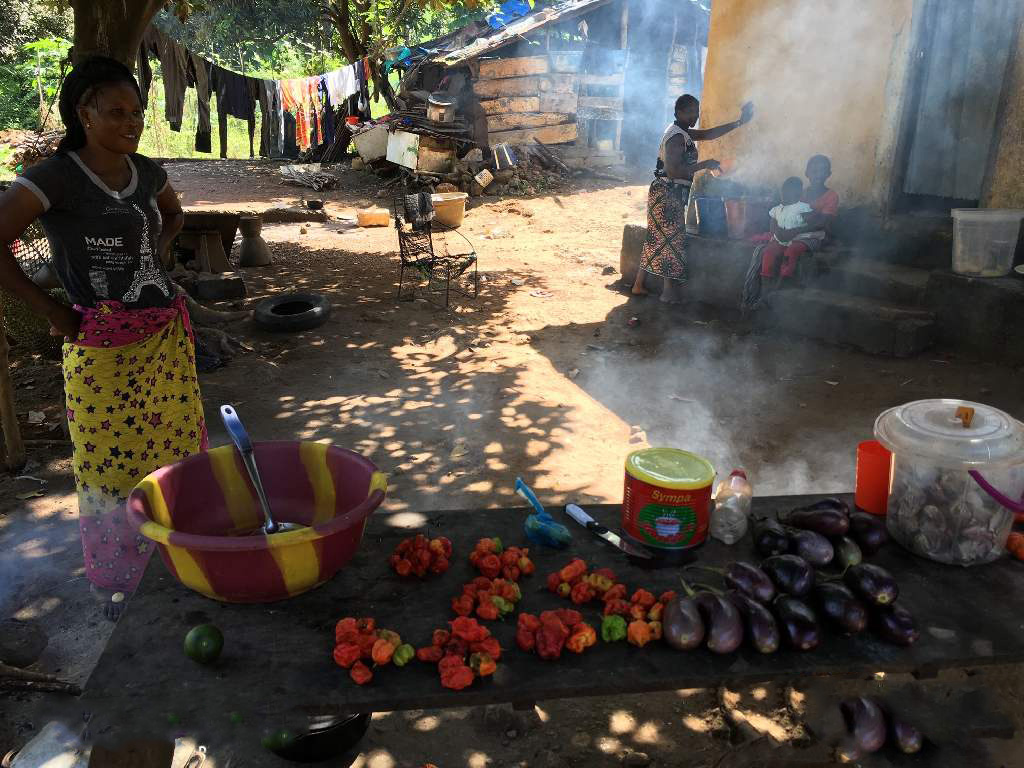 In the afternoon we head for the village of Joal Fadiouth. Joal Fadiouth is a sleepy ‘twin village’: Joal lies on the mainland while Fadiouth, linked by a narrow 400-meter wooden bridge, lies on an island built entirely of seashells. In the traditional Serere village we will see the cathedral, market place, and the famous cemetery where Muslims, Christians and Animists are buried.
In the afternoon we head for the village of Joal Fadiouth. Joal Fadiouth is a sleepy ‘twin village’: Joal lies on the mainland while Fadiouth, linked by a narrow 400-meter wooden bridge, lies on an island built entirely of seashells. In the traditional Serere village we will see the cathedral, market place, and the famous cemetery where Muslims, Christians and Animists are buried.
DAKAR – TOUBA – KAOLACK
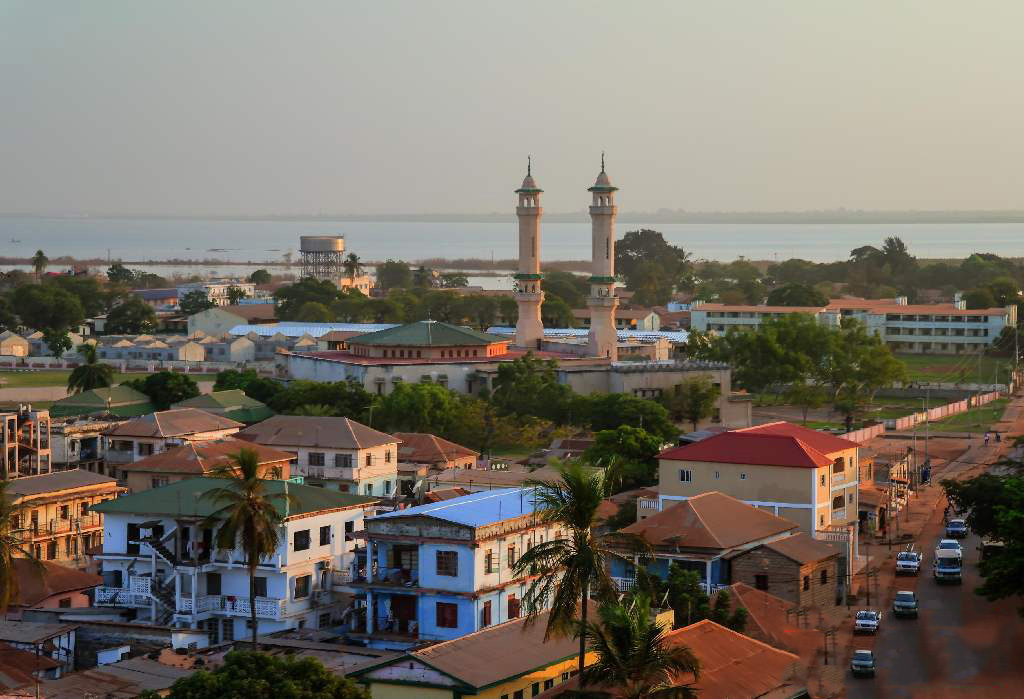
This morning we depart for the city of Touba. Along our journey we will have the chance to stop at a Wolof village where we learn about the local customs and way of life. Touba is the holy city of Mouridism, a large Sufi order most prominent in Senegal and the Gambia. At the heart of the holy city lies its Great Mosque which we will visit. The mosque here is purported to be one of the largest in Africa, and since its completion in 1963 it has been continuously enlarged and embellished.
In the late afternoon we will arrive in the town of Kaolack. Situated on the right bank of the Saloum River, 95 miles (150 km) southeast of Dakar, this is an ocean and river port with an important export trade in peanuts (groundnuts) and salt.
KAOLACK – SENEGAMBIA STONE CIRCLES, SENEGAL – BANJUL, GAMBIA
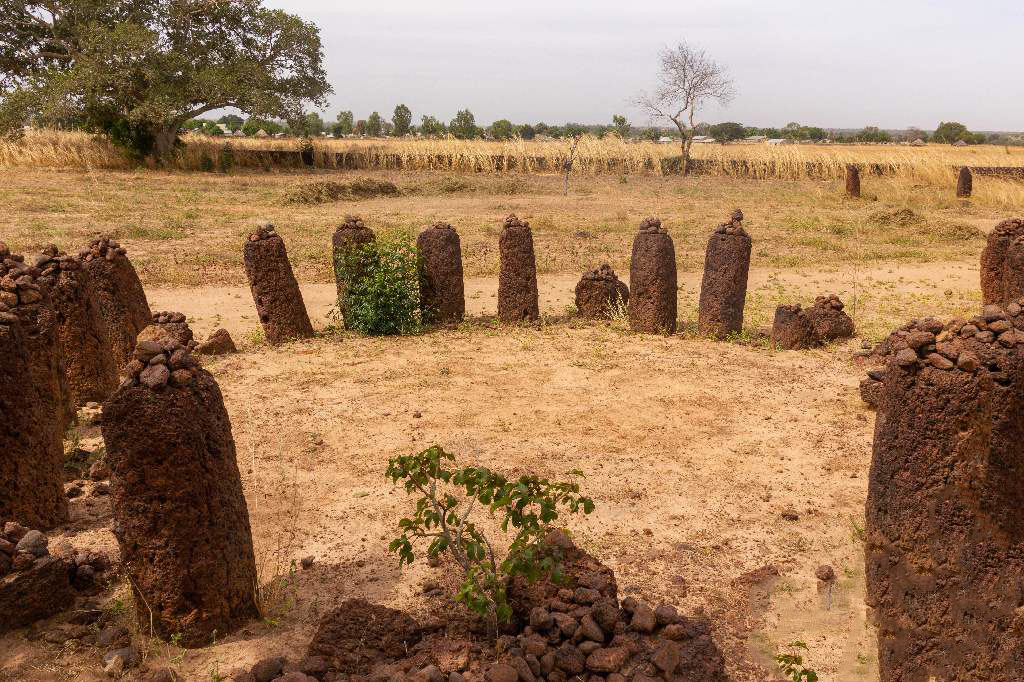 After breakfast we depart for the Senegambia stone circles of Sine Ngayene, one of West Africa’s greatest archaeological sites! As ancient monuments go, the stone circles of Senegal and Gambia may not be in the same league as other ancient ‘wonders’, yet this UNESCO World Heritage Site represents a remarkable cultural and architectural achievement of pre-historic western Africa. The site consists of four large groups of stone circles that represent an extraordinary concentration of over 1,000 monuments in a band 100 km wide along some 350 km of the River Gambia. The four groups, Sine Ngayène, Wanar, Wassu and Kerbatch, cover 93 stone circles and numerous tumuli, burial mounds, some of which have been excavated to reveal material that suggest dates between 3rd century BC and 16th century AD. Together the stone circles of laterite pillars and their associated burial mounds present a vast sacred landscape created over more than 1,500 years and reflecting a prosperous and highly organized society.
After breakfast we depart for the Senegambia stone circles of Sine Ngayene, one of West Africa’s greatest archaeological sites! As ancient monuments go, the stone circles of Senegal and Gambia may not be in the same league as other ancient ‘wonders’, yet this UNESCO World Heritage Site represents a remarkable cultural and architectural achievement of pre-historic western Africa. The site consists of four large groups of stone circles that represent an extraordinary concentration of over 1,000 monuments in a band 100 km wide along some 350 km of the River Gambia. The four groups, Sine Ngayène, Wanar, Wassu and Kerbatch, cover 93 stone circles and numerous tumuli, burial mounds, some of which have been excavated to reveal material that suggest dates between 3rd century BC and 16th century AD. Together the stone circles of laterite pillars and their associated burial mounds present a vast sacred landscape created over more than 1,500 years and reflecting a prosperous and highly organized society.
We then continue on to Banjul, the capital of The Gambia. This is the smallest country on the continent, surrounded by Senegal on 3 sides and bordered by the Atlantic to the west. Arab traders provided the first written accounts of the Gambia area in the 9th and 10th Centuries, and The Gambia shares historical roots with many other West African nations.
BANJUL CITY TOUR
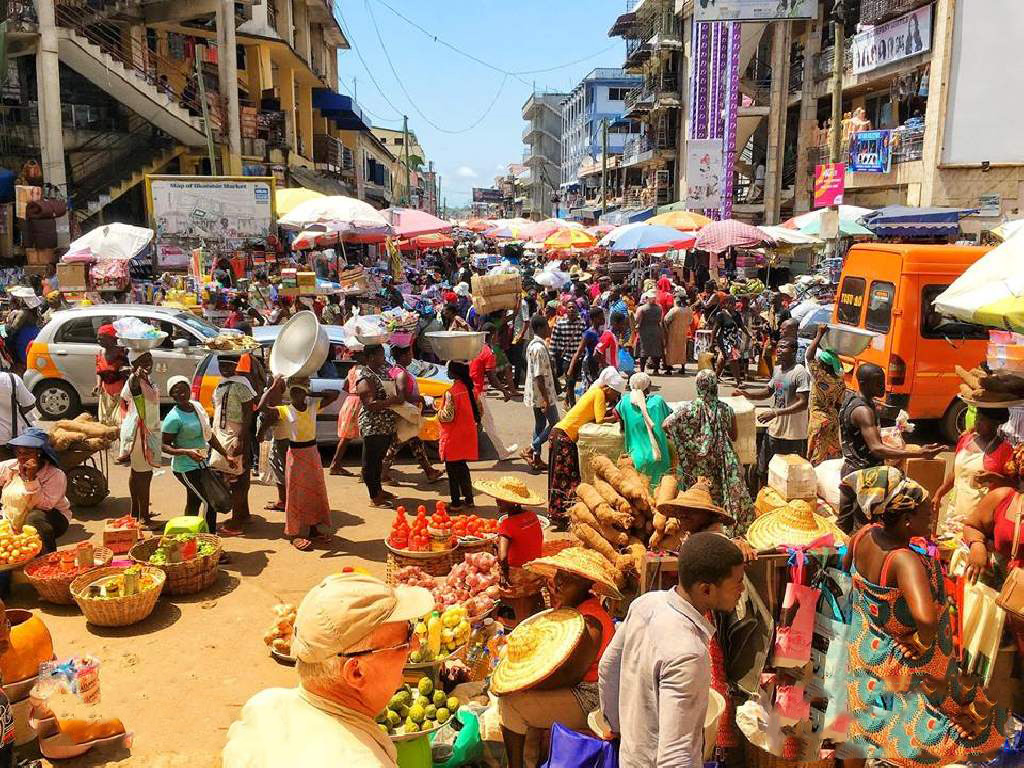 Today we will enjoy a tour of Banjul and it’s surrounding region. We will start our day at the National Museum where we are introduced to the culture and history of this country! As we drive through Banjul we will make a stop at the busy central market! Since its founding in the mid-19th century, the Albert Market, an area of frenzied buying, bartering and bargaining, has been Banjul’s main hub of activity. This cacophony of Banjul life is intoxicating, with its stalls stacked with everything imaginable, including hair extensions, shoes, household and electrical wares and the myriad colours and flavours of the fruit and vegetable market.
Today we will enjoy a tour of Banjul and it’s surrounding region. We will start our day at the National Museum where we are introduced to the culture and history of this country! As we drive through Banjul we will make a stop at the busy central market! Since its founding in the mid-19th century, the Albert Market, an area of frenzied buying, bartering and bargaining, has been Banjul’s main hub of activity. This cacophony of Banjul life is intoxicating, with its stalls stacked with everything imaginable, including hair extensions, shoes, household and electrical wares and the myriad colours and flavours of the fruit and vegetable market.
In the afternoon we will visit Serrekunda, the most densely populated town in The Gambia. Serrekunda is actually made up of nine villages which have all merged into an urban sprawl. Here we will visit the Abuko cattle market.
BANJUL, GAMBIA – ZIGUINCHOR, SENEGAL
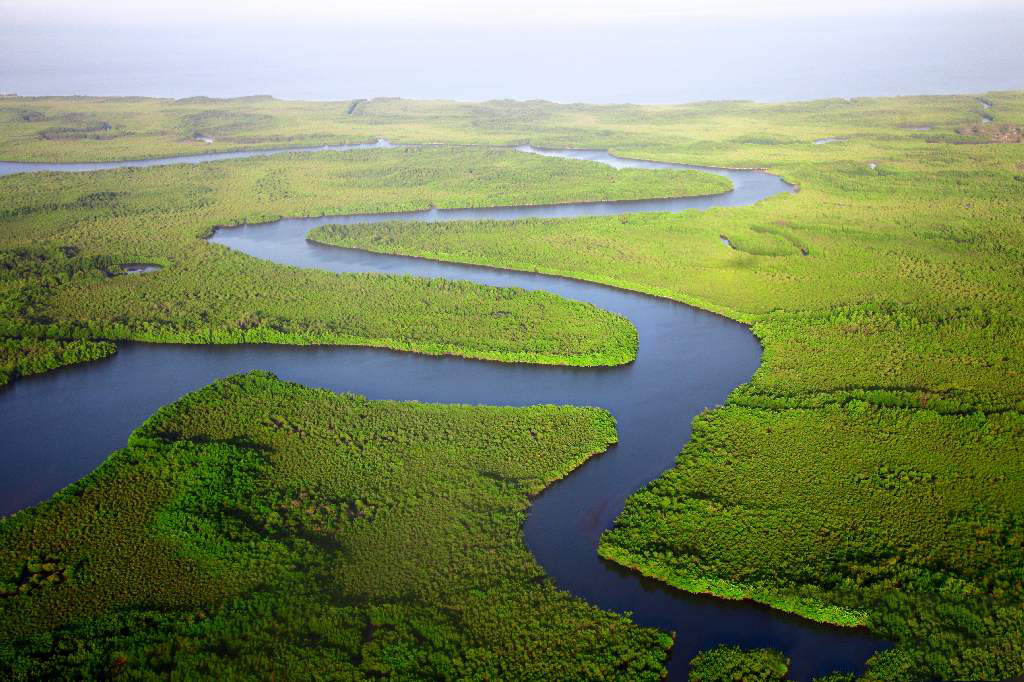 This morning we say goodbye to the Gambia as we cross the border and enter the ‘other’ part of Senegal, ‘Casamance’. Casamance is the region of Senegal that lies south of The Gambia along the Casamance River. Much of the area that is now Casamance was once the kingdom of Kasa. Kasa’s king, or mansa, was a leading trader with the Portuguese, and Casamance takes its name from the Portuguese adaptation of Kasa mansa (king of Kasa).
This morning we say goodbye to the Gambia as we cross the border and enter the ‘other’ part of Senegal, ‘Casamance’. Casamance is the region of Senegal that lies south of The Gambia along the Casamance River. Much of the area that is now Casamance was once the kingdom of Kasa. Kasa’s king, or mansa, was a leading trader with the Portuguese, and Casamance takes its name from the Portuguese adaptation of Kasa mansa (king of Kasa).
This afternoon we will explore a traditional Jola village where we learn about the customs and beliefs of the local people. The Jola (Jolla / Diola) tribe are heavily concentrated in the Foni area of south west Gambia and Casamance in Senegal as well as parts of the north of Guinea-Bissau. According to Senegambian oral history, the Jola ethnic group is among the ethnic groups who have been settled for the longest period of time in the Senegambian region.
Tonight we will overnight in the town of Ziguinchor, a melting pot of all the ethnic groups co-existing in Senegal. Jola have been the majority of the population in the region since at least 1500, and culturally share much with the people of Guinea-Bissau.
ZIGUINCHOR, SENEGAL – BISSAU, GUINEA-BISSAU: CITY TOUR
This morning we cross the border into Guinea-Bissau, and we head towards the capital – Bissau. Our route will take us via the settlements of Sao Domingos, Ingoré, Bula and Safim.
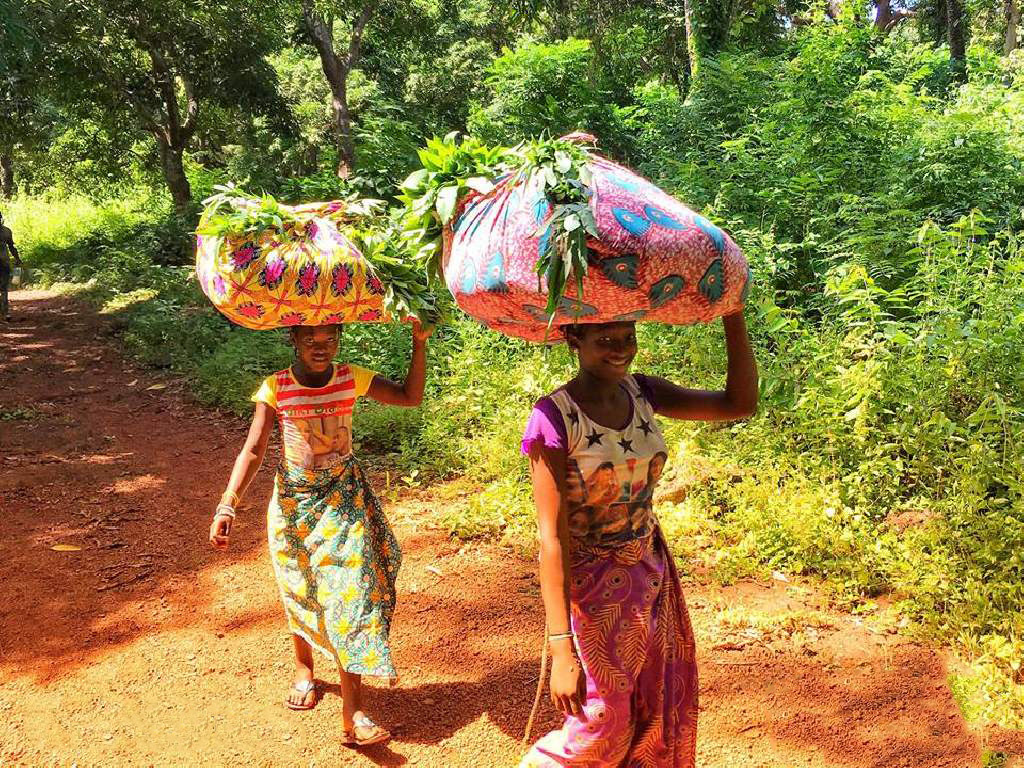 Remote and untouched are two words that would beautifully describe tiny Guinea-Bissau, one of Africa’s least visited nations! Guinea-Bissau shares a beautiful Atlantic coastline with its neighbours Senegal and Guinea. Officially the Republic of Guinea Bissau, this was once a Portuguese colony (when it was known as Portuguese Guinea). Guinea-Bissau gained independence in 1974 following a protracted war of independence, and in the late 1990s a bloody civil war raged through the country, damaging the economy and infrastructure. The war ended in 1999, and today Guinea-Bissau remains one of the poorest countries in the world. The main source of foreign exchange is from the growing of cashew nuts.
Remote and untouched are two words that would beautifully describe tiny Guinea-Bissau, one of Africa’s least visited nations! Guinea-Bissau shares a beautiful Atlantic coastline with its neighbours Senegal and Guinea. Officially the Republic of Guinea Bissau, this was once a Portuguese colony (when it was known as Portuguese Guinea). Guinea-Bissau gained independence in 1974 following a protracted war of independence, and in the late 1990s a bloody civil war raged through the country, damaging the economy and infrastructure. The war ended in 1999, and today Guinea-Bissau remains one of the poorest countries in the world. The main source of foreign exchange is from the growing of cashew nuts.
Time-permitting, in the afternoon we will enjoy a Bissau city tour. The capital city of Bissau is a city suspended in time, with its crumbling colonial architecture, pastel coloured buildings, and narrow alleyways which are interesting to explore. Places that we will see include old Bissau (Bissau Velho), Palácio da Republica and the Port of Bissau (Porto de Pindjiguiti).
BISSAU – ORANGO NATIONAL PARK
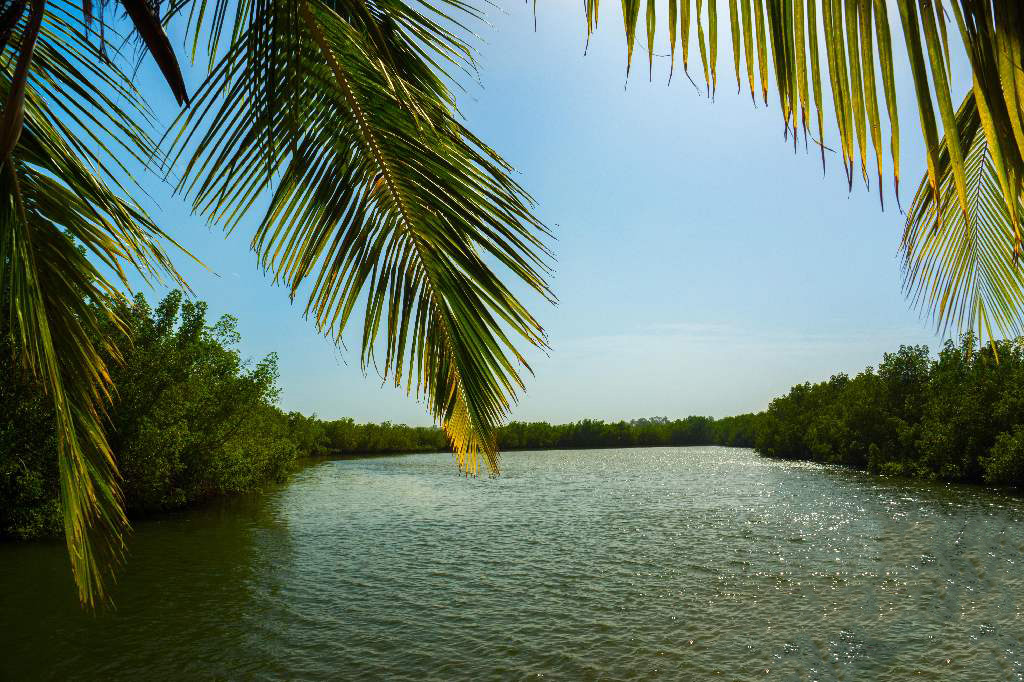 This morning drive to the main port where we board our private motorboat that will take us to the Bijagos Archipelago. The Archipelago of the Bijagós is a place that few have discovered. Here one discovers a spattering of 88 palm-fringed-islands in the Atlantic Ocean, only 23 of them inhabited, off the coast of one of West Africa’s most dysfunctional yet beguiling states. This is perhaps one of the most beautiful places in the country. The archipelago is a protected Biosphere Reserve.
This morning drive to the main port where we board our private motorboat that will take us to the Bijagos Archipelago. The Archipelago of the Bijagós is a place that few have discovered. Here one discovers a spattering of 88 palm-fringed-islands in the Atlantic Ocean, only 23 of them inhabited, off the coast of one of West Africa’s most dysfunctional yet beguiling states. This is perhaps one of the most beautiful places in the country. The archipelago is a protected Biosphere Reserve.
We will take our motorboat to Orango Island, passing by small islands and sandbanks (approx 4 hours). Covering an area of over 150,000 hectares, the Orango National Park, created in 1998, is located on the Bijagós Archipelago just off the Guinea Bissau coast. This was the first area to be awarded the protected status in Guinea Bissau and one of the places with the greatest biodiversity in the country. The declaration of national park is justified as it is home to the most westerly population of the common hippopotamus (Hippopotamus amphibius). The Bijagós Archipelago was declared a UNESCO Biosphere Reserve Bolama-Bijagós in 1996.
ORANGO NATIONAL PARK: HIPPO EXCURSION
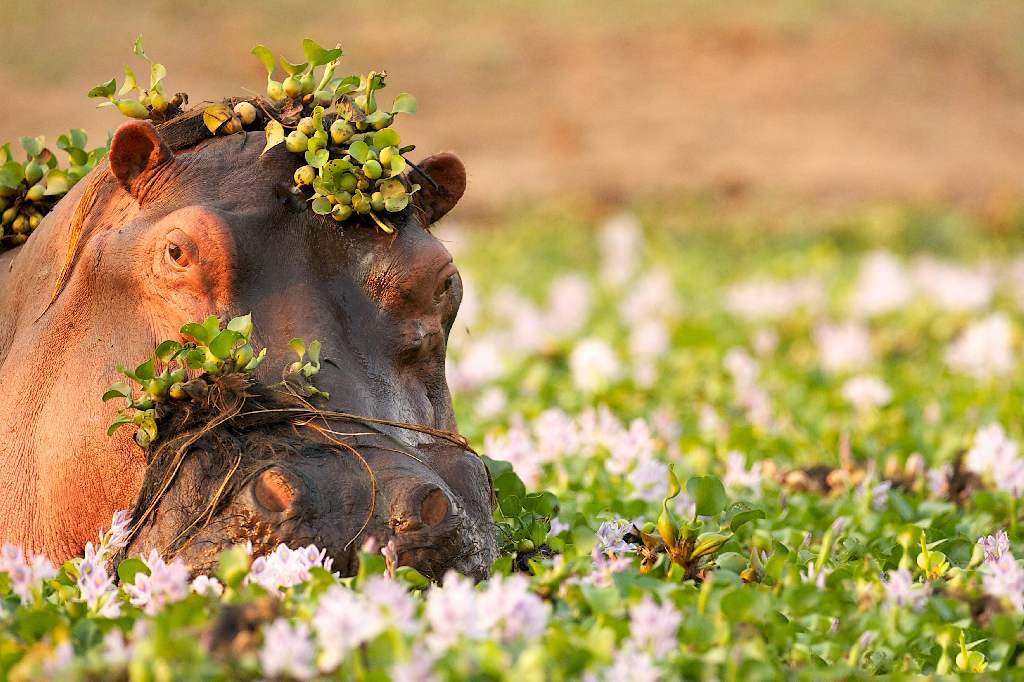 Orango Island is the third largest in the archipelago (after Formosa and Caravela) and is the centre of the Ilhas de Orango National Park. Our visit here will bring us closer to the Bijagó culture as we will visit different tabankas (villages) where we can learn about their traditions and rituals.
Orango Island is the third largest in the archipelago (after Formosa and Caravela) and is the centre of the Ilhas de Orango National Park. Our visit here will bring us closer to the Bijagó culture as we will visit different tabankas (villages) where we can learn about their traditions and rituals.
This morning we will visit Eticoga where we see the Tomb of the Queen Okinka Pampa and the Royal Family. We hope to be able to engage with members of the local community, and if possible we will visit the school.
We will return back to the hotel for lunch before heading out to the Anor (Anghor) region in the afternoon by boat. After a short journey by boat we will disembark on the beach and head out on foot. Here we will visit one of the most spectacular places on Orango Grande Island where we have the possibility of observing saltwater hippos in their natural habitat (as well as crocodiles and birds). Our walk takes us through mangrove forests and across a grassy savannah.
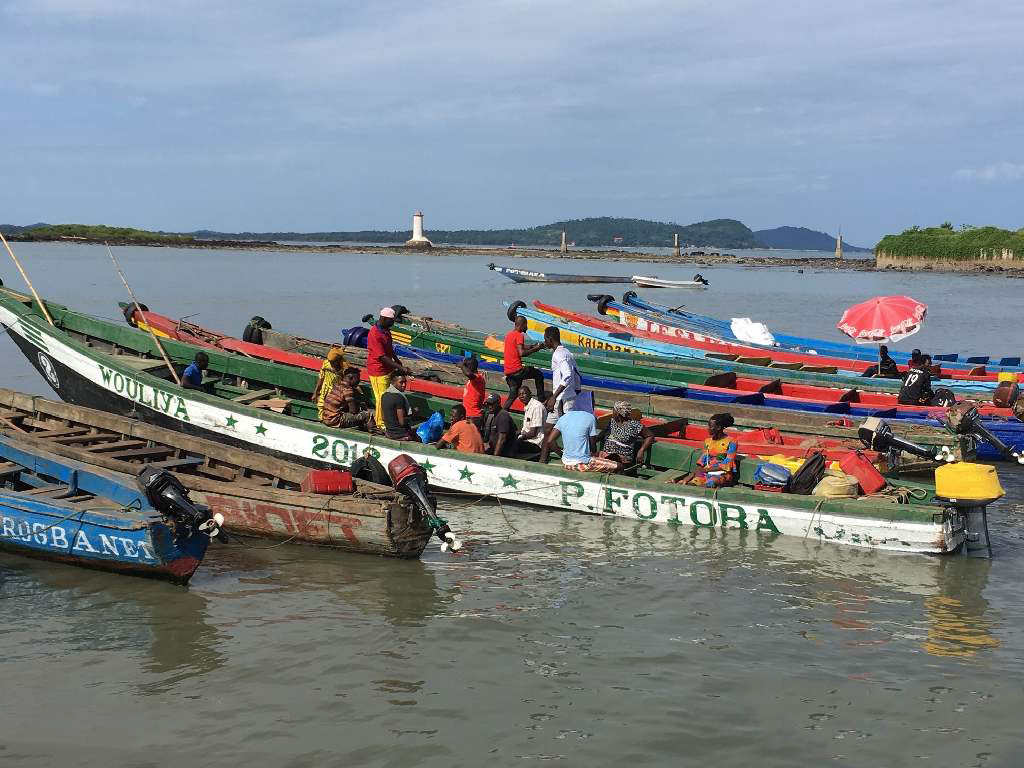 This morning we depart for the village of Ambuduco, the oldest in the national park. Our journey by boat takes us upriver through a peaceful mangrove region where we discover the true beauty of the Island. Upon arrival at the small beach we walk to the village for some exploration.
This morning we depart for the village of Ambuduco, the oldest in the national park. Our journey by boat takes us upriver through a peaceful mangrove region where we discover the true beauty of the Island. Upon arrival at the small beach we walk to the village for some exploration.
CONAKRY TOURING & KASSA ISLAND BOAT JOURNEY
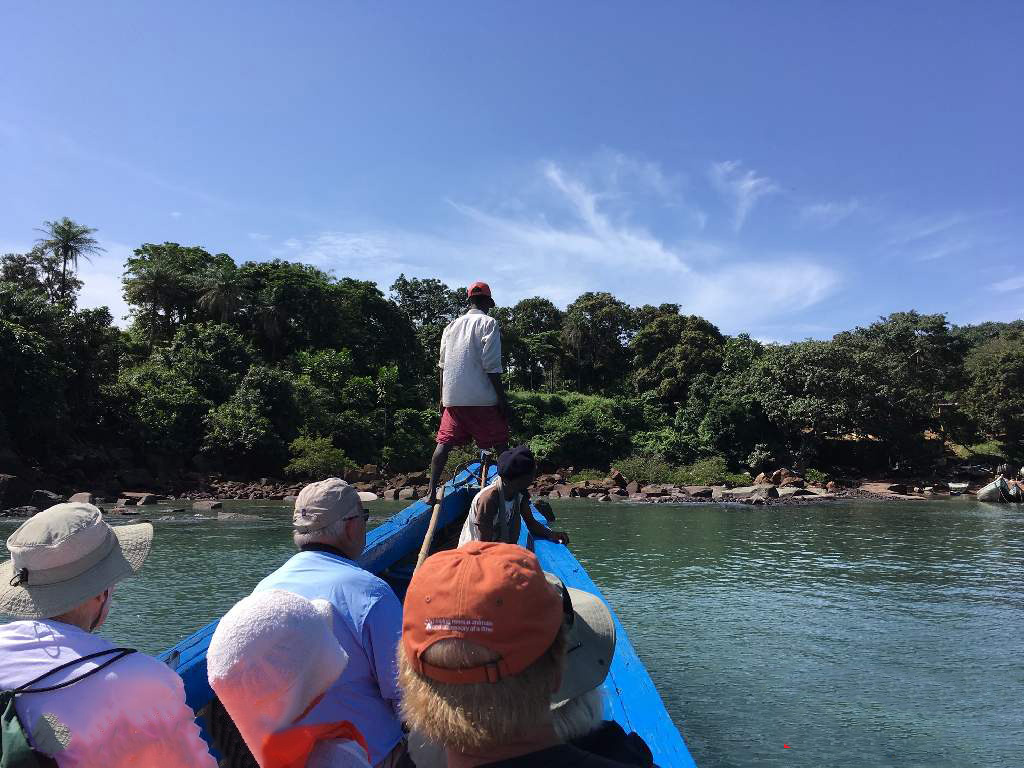
This morning we will drive to the port of Boulbinet from where we cruise to the Loos Islands (Îles de Los) in a motorized canoe. This island group lies just off the coast of Conakry, and here on the islands are the villages of the fishermen. We will see one of the fishing camps during our visit. The exact time period of settlement on the islands is unknown, but historically they rose to prominence during the slave trade. In 1755 a gentleman by the name of Miles Barber of the African Company of Liverpool established a factory here employing workers skilled in ship repair as well as pilots for the local rivers. This led to Kassa being known as “Factory Island”.
This afternoon we will visit the Niger Market (Marché du Niger), a chaotic, colourful, smelly and fascinating place. This market is the city’s most important place of local trade. The Conakry Grand Mosque was built by Guinea’s first president Ahmed Sékou Touré in 1982, and is one of the largest in sub-Saharan Africa.
CONAKRY, GUINEA – FREETOWN, SIERRA LEONE
Early this morning we start our drive to Freetown, Sierra Leone, passing many small villages along the way. Sierra Leone has had more than a few challenges thrown its way. But, through it all, the country has survived and rebounded to become one of the true shining stars of the West Africa region. Today this welcoming and beautiful English-speaking nation is thriving again, and is surely one of the more interesting and under-explored countries on the continent.
FREETOWN: CITY TOUR & CHIMPANZEE SANCTUARY
Today we will explore Freetown, a city bubbling with energy, colour and charm.
The population of Freetown is ethnically, culturally, and religiously diverse. The city is home to a significant population of virtually all of Sierra Leone’s ethnic groups, with no single ethnic group forming a majority of the city’s population. The city was founded in 1792 by Lieutenant John Clarkson and African American ex-slaves and free people called the Nova Scotian Settlers, who were transported to Sierra Leone by the Sierra Leone Company in 1792. The city of Freetown was a haven for free-born and freed African American, liberated African and Caribbean settlers; and their descendants are known as the Creole people. Freetown is the oldest capital to be founded by African Americans, having been founded thirty years before Monrovia, Liberia and is noted for its unique Creole architecture reflecting American and Caribbean influences.
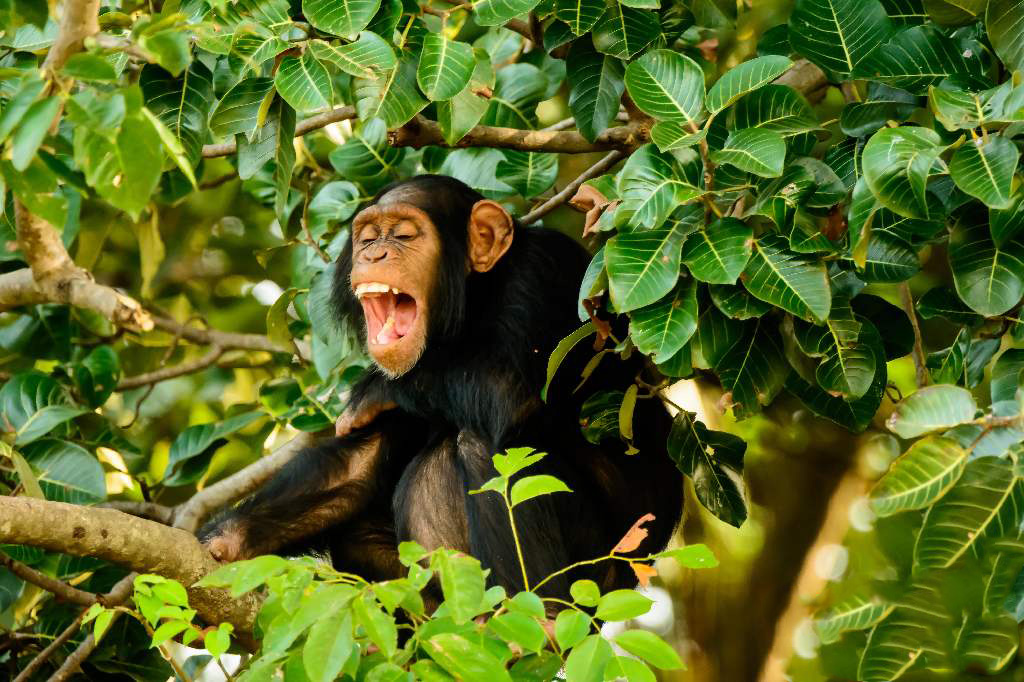 Freetown feels very inviting, with its beautiful setting and welcoming people. The heart of the town is home to a collection of historical sights and vibrant markets, and the atmosphere is frenzied but friendly. The principal landmark in Freetown is a 500-year old tree known to locals simply as “The Cotton Tree.”
Freetown feels very inviting, with its beautiful setting and welcoming people. The heart of the town is home to a collection of historical sights and vibrant markets, and the atmosphere is frenzied but friendly. The principal landmark in Freetown is a 500-year old tree known to locals simply as “The Cotton Tree.”
The Sierra Leone National Museum sits in the shadow of the tree. Small but thought-provoking, the collection includes many important artifacts. Just a few blocks from the Cotton Tree lies St. John’s Maroon Church. Built in 1820, the small white building is known for its large windows and simple architecture.
This afternoon we will visit Tacugama Chimpanzee Sanctuary. Tacugama was established in 1995 to rehabilitate confiscated, orphaned and abandoned chimpanzees with the aim to release back them into their natural habitat. The sanctuary now cares for about 75 chimpanzees in several forested enclosures. Our tour here is timed to coincide with feeding to give us the best opportunity to observe the chimpanzees.
BUNCE ISLAND EXCURSION, SIERRA LEONE – FLY TO MONROVIA, LIBERIA
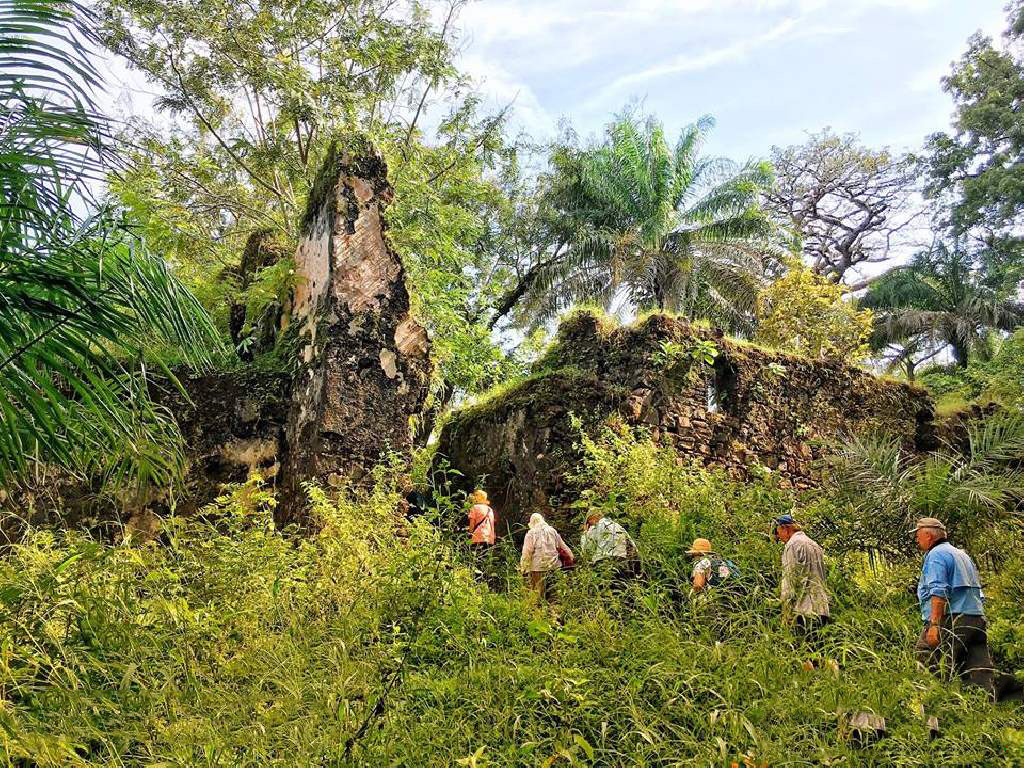 Today we visit Bunce Island where we tour the site of an 18th Century British slave castle. Located about 20 miles upriver from Freetown, Bunce Island lies in the Sierra Leone River (also called the “Freetown Harbour”), the vast estuary formed by the Rokel River and Port Loko Creek. Although just a tiny island only about 1650 feet long and 350 feet wide, its strategic position at the limit of navigation in Africa’s largest natural harbour made it an ideal base for European slave merchants. Founded around 1670, tens of thousands of African captives we exported from here to North America and the West Indies until the British Parliament finally closed it down in 1808.
Today we visit Bunce Island where we tour the site of an 18th Century British slave castle. Located about 20 miles upriver from Freetown, Bunce Island lies in the Sierra Leone River (also called the “Freetown Harbour”), the vast estuary formed by the Rokel River and Port Loko Creek. Although just a tiny island only about 1650 feet long and 350 feet wide, its strategic position at the limit of navigation in Africa’s largest natural harbour made it an ideal base for European slave merchants. Founded around 1670, tens of thousands of African captives we exported from here to North America and the West Indies until the British Parliament finally closed it down in 1808.
Bunce Island was one of about 40 slave castles, or fortified trading posts, that European merchants built along the coast of West Africa during the period of the Atlantic slave trade. Slave traders based at the castles purchased African captives, imprisoned them, and loaded them aboard the slave ships that took them on the infamous middle passage to America. Slave castles have been called “warehouses of humanity.”
MONROVIA: VILLAGE VISIT & CITY TOURING
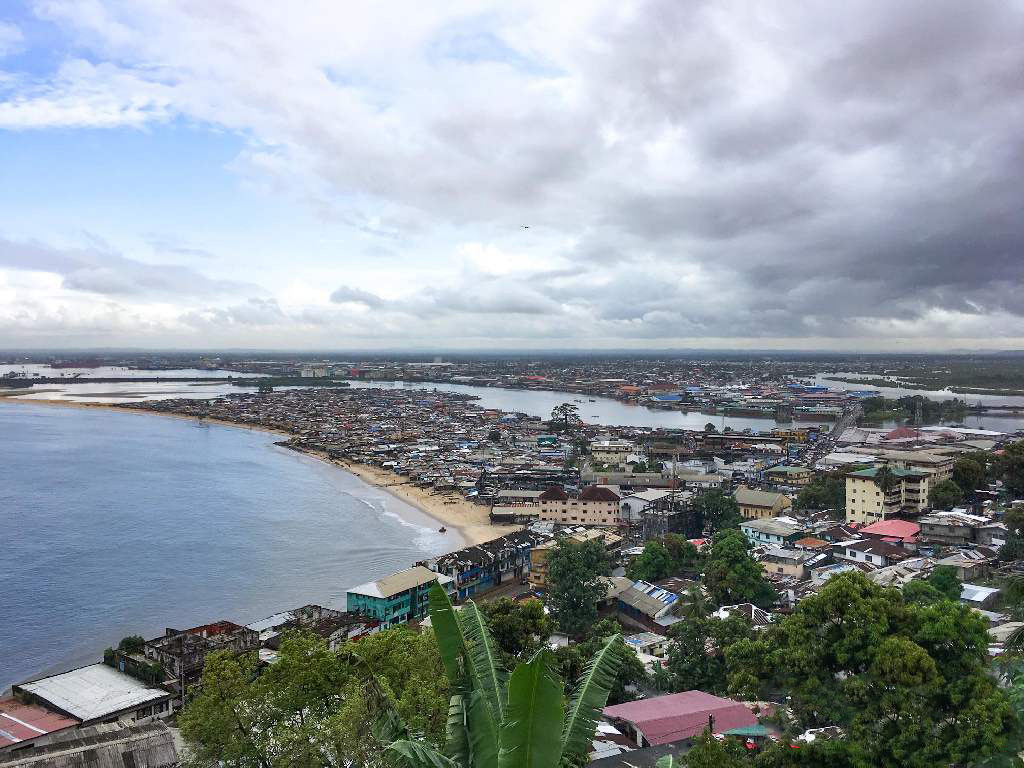 This morning we will visit the Demeh Cultural Village. This tiny Liberian village is situated at the edge of the rainforest just outside of Monrovia and offers a unique look into the rural life of Liberians. Here we have the chance to indulge in the culture of this green African paradise. During our time here the local villagers will host an exciting presentation with local song, and dance. After the performance we will have the chance to walk through the village.
This morning we will visit the Demeh Cultural Village. This tiny Liberian village is situated at the edge of the rainforest just outside of Monrovia and offers a unique look into the rural life of Liberians. Here we have the chance to indulge in the culture of this green African paradise. During our time here the local villagers will host an exciting presentation with local song, and dance. After the performance we will have the chance to walk through the village.
After our village visit we will return to the Monrovia – the capital of Africa’s first independent state. After a complicated history, Liberia is back on its feet and looking ahead to a more prominent future. This West African country is one of the world’s lesser travelled destinations, and Monrovia is rich with important sites and a fascinating history!
We will stroll through the streets of Monrovia, stopping at the Provident Baptist Church (Liberia’s oldest church), as well as the Centennial Pavilion and the National Museum. The great museum collection was depleted during the war years, but renovations (always ongoing) have created space for photo and art exhibitions as well as the ethnic and historical exhibits representing Liberian tribal cultures. We will enjoy a panoramic view of the city from the top of the Ducor Hotel ruins. The Ducor Hotel used to be one of the most prominent hotels not only in Liberia but in the whole Africa. Being the first international-class hotel constructed in Liberia (operated by Intercontinental Hotels), Ducor Hotel was frequented by politicians, diplomats and business people from across the continent. The hotel closed in 1989, just before the coup of Charles Taylor which led to the First Liberian Civil War. The hotel was damaged and looted during the war and eventually its rooms were occupied by displaced residents of many of Monrovia’s slums. In 2007 the government evicted the squatters, and plans to renovate appear to be on hold. The Ducor Hotel remains abandoned until today. We will also enjoy a walking tour of Waterside Market, the only one located in the heart of the city.
MONROVIA, LIBERIA – FLY TO ABIDJAN, IVORY COAST
Today we fly from Monrovia to Abidjan, Ivory Coast (Cote d’Ivoire). The Ivory Coast is another example of a country with a recent troubled past that is now once again accessible to intrepid travellers who are looking to delve into the amazing diversity of West African culture.
ABIDJAN TOURING: NATIONAL MUSEUM & GRAND BASSAM
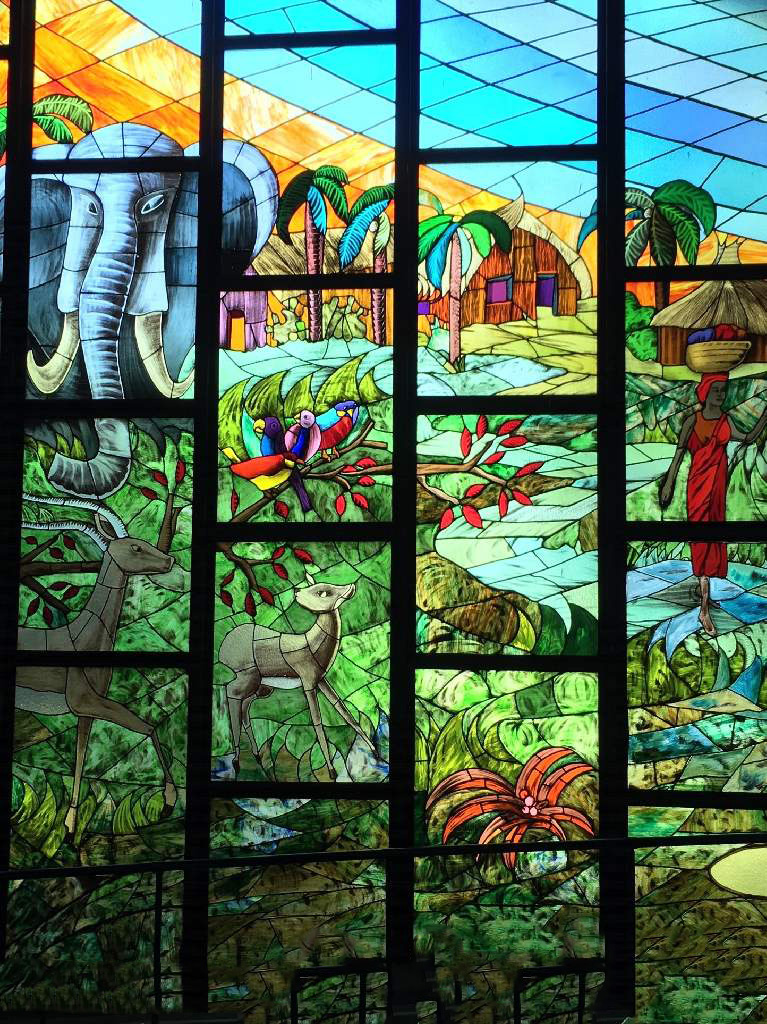 Today we spend touring in and around Abidjan, perhaps the most sophisticated and modernized town in West Africa. The district of Plateau or “Little Manhattan” is a business area where one finds the most important departmental and administrative offices, multinational firms, and banks. Cocody is an upmarket suburb of Abidjan with a number of mansions that are home to most of the wealthy business people and ambassadors.
Today we spend touring in and around Abidjan, perhaps the most sophisticated and modernized town in West Africa. The district of Plateau or “Little Manhattan” is a business area where one finds the most important departmental and administrative offices, multinational firms, and banks. Cocody is an upmarket suburb of Abidjan with a number of mansions that are home to most of the wealthy business people and ambassadors.
This morning we head to the UNESCO World Heritage site of Grand Bassam. This historical settlement served as the capital city of the French colonial masters between 1893 and 1896, making it Cote d’Ivoire’s first capital. The city lost its capital status when a major outbreak of yellow fever drove the French colonialists away. In 2012, Grand Bassam was added to the list of UNESCO World Heritage Sites, thanks to the historical and cultural value of its amazing range of colonial architecture marked by ancient buildings with galleries, verandas and gardens.
Back in the city, we’ll visit the National Museum with its collection of Ivorian art, showcasing statues, masks, jewellery, tools, carved doors, and musical instruments from every region of the country (as of late 2019, this museum was either partially or entirely closed for renovation). We will also see the Saint Paul Cathedral (periodically closed, but we can visit the courtyard).
ABIDJAN TOURING – FLY TO ACCRA, GHANA
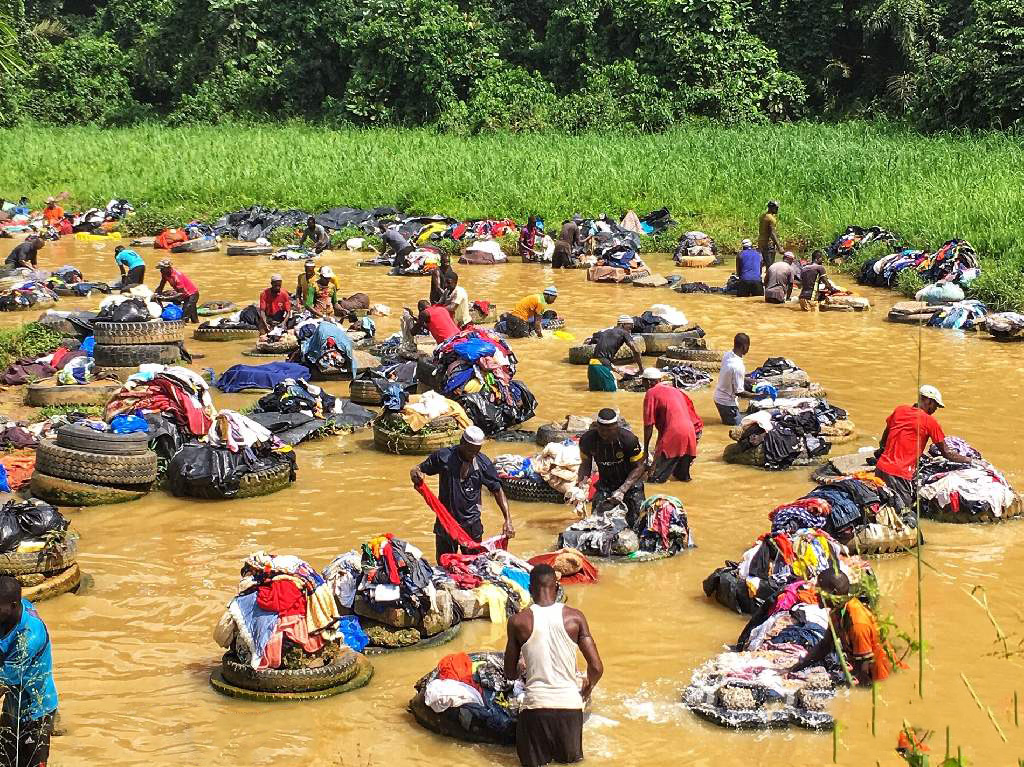 This morning we will visit the new district of Yopougon as well as the indoor Treichville market, one of the most iteresting on our tour. We then enjoy an excursion by motor boat on the Ebrié Lagoon for a general view of the “plateau”.
This morning we will visit the new district of Yopougon as well as the indoor Treichville market, one of the most iteresting on our tour. We then enjoy an excursion by motor boat on the Ebrié Lagoon for a general view of the “plateau”.
We will be sure to make a stop to see the fanico — a group of hardworking laundrymen. From dawn till dusk, dozens of men and a few hardy women make their living washing laundry by hand in the Banco River. Their name is a combination of the Dyula, or Jula, words fani, which means “fabric” or “clothes,” and ko, which means “to wash.” Thus, the Dyula word fanico means “someone who washes clothes.”
The Ébrié Lagoon is separated for almost all of its length from the Atlantic Ocean by a narrow coastal strip. The 100km (60mi) long lagoon is linked to the sea by the Vridi Canal, while the Comoë River flows into it. The lagoon averages 4km (2½ mi) in width, and 5m (16ft) in depth. Abidjan and towns such as Grand Bassam and Bingerville lie on the lagoon.
Later today we transfer to the airport for our flight to Accra, Ghana. Ghana is considered one of the more stable countries in West Africa since its transition to multi-party democracy in 1992. Formerly known as the Gold Coast, Ghana gained independence from Britain in 1957, becoming the first sub-Saharan nation to break free from colonial rule.
ACCRA – CAPE COAST & KAKUM NATIONAL PARK
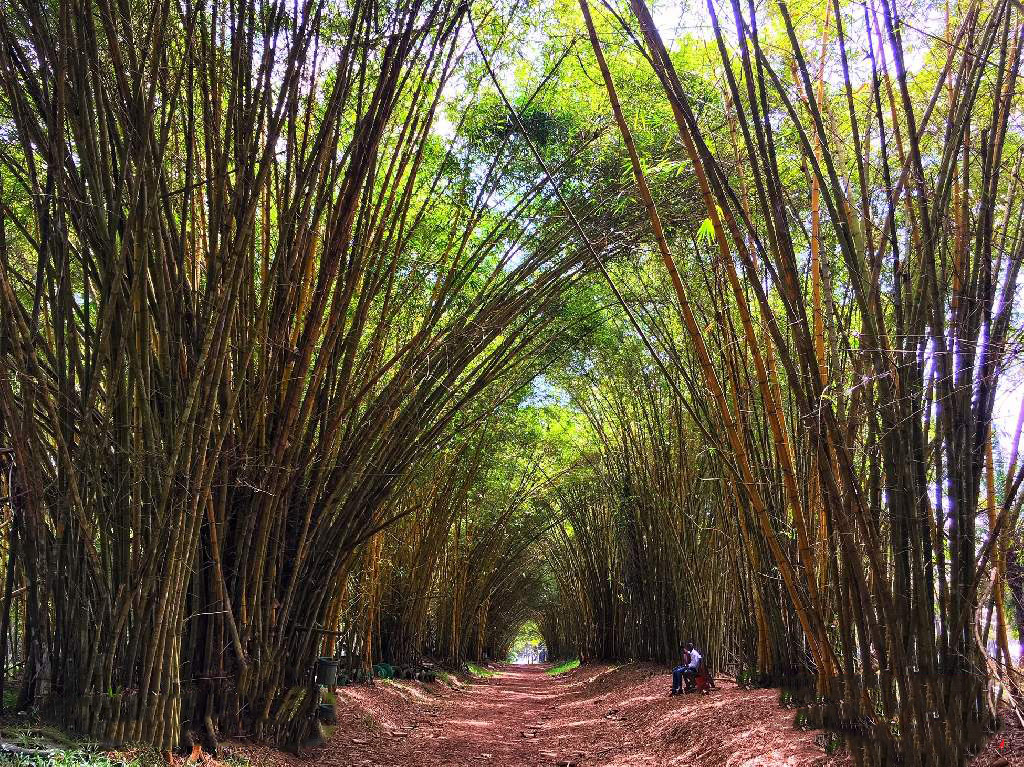 We depart early this morning and head towards Kakum National Park. Our route takes us through the historic Denkyira Kingdom. The Denkyira were once a powerful nation of Akan people that existed on the peninsula from the 15th Century, and at one time dominated the trade with Europeans.
We depart early this morning and head towards Kakum National Park. Our route takes us through the historic Denkyira Kingdom. The Denkyira were once a powerful nation of Akan people that existed on the peninsula from the 15th Century, and at one time dominated the trade with Europeans.
Kakum National Park is one of West Africa’s last surviving coastal tropical rainforests. Extending over 360sq km, Kakum is the home to a remarkable population of forest elephants as well as other endangered animals. The park is also home to approximately 250 bird species as well as many species of butterflies, flora and fauna. We will enjoy a 2km nature walk through the forest and discover the wide variety of exotic floral species and the medicinal values they offer. During our time here we will take a walk on the canopy walkway, a series of seven bridges hanging above the forest floor.
After lunch we will embark on a tour of the infamous forts, castles and slave dungeons of Ghana. History will unfold the story of the slave trade which the impact is still felt beyond the shores of Africa today. We will visit the Cape Coast Castle that was built by the Swedes in 1653 and later taken over by the British. Cape Coast Castle is one of roughly 40 “slave castles” along West Africa’s Gold Coast, and was the final stop for some enslaved Africans on the “middle passage” trading route to the Americas. Visiting the castle provides us with some insight into the dark history of slavery in Africa. The castle houses the West African Historical Museum, established by the Smithsonian Institute in collaboration with the Ghanaian Government in 1994.
ACCRA: CITY TOURING
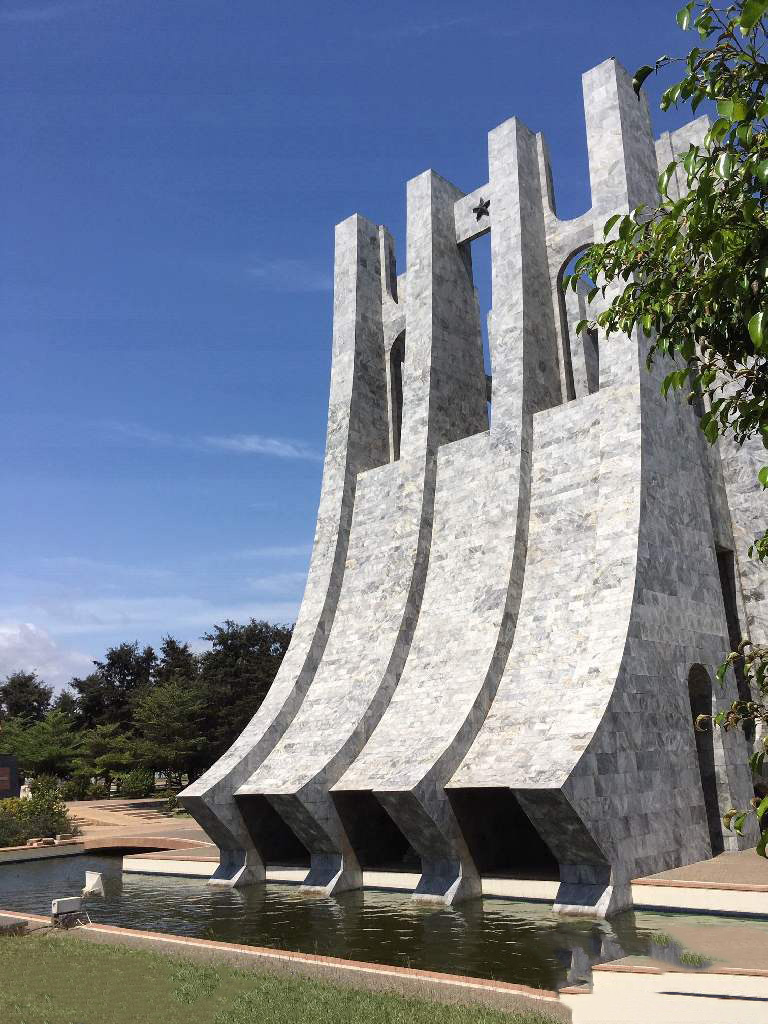 Today we will enjoy a full day tour of Accra. Our tour will take us to the Kwame Nkrumah Memorial Park, named after the first President of Ghana, Osagyefo Dr. Kwame Nkrumah. The park was formerly known as the polo grounds where Dr. Kwame Nkrumah stood to declare independence for Ghana, and it the final resting place for the late President and his wife.
Today we will enjoy a full day tour of Accra. Our tour will take us to the Kwame Nkrumah Memorial Park, named after the first President of Ghana, Osagyefo Dr. Kwame Nkrumah. The park was formerly known as the polo grounds where Dr. Kwame Nkrumah stood to declare independence for Ghana, and it the final resting place for the late President and his wife.
We will drive through the Makola Market to the Old City of Accra — James Town, with its vibrant local community. Jamestown boasts a fascinating history, and we will learn of its tragic slaving past to its colourful present. We will also visit the W.E.B. DuBois Center, honoring the life of one of the most prominent Pan-Africanists who chose to live and work in Ghana.
Our city touring will also include a stop at Independence Square, Accra’s open-air ceremonial grounds where all national celebrations are held. We will be sure to visit the uniquely designed coffin workshops at Teshie-Nungua. While most people in Ghana celebrate funerals lavishly in the belief that by honoring the deceased in proper fashion will grant favours for the family left behind, it is only the Ga people of Ghana who create extraordinary fantasy coffins for such occasions.
At the National Theatre we will see the “female and male” drums which are used during state ceremony, and at the National Museum of History and Ethnography (if not still under ongoing renovations) we will observe exhibits that reflect the heritage of Ghana throughout history.
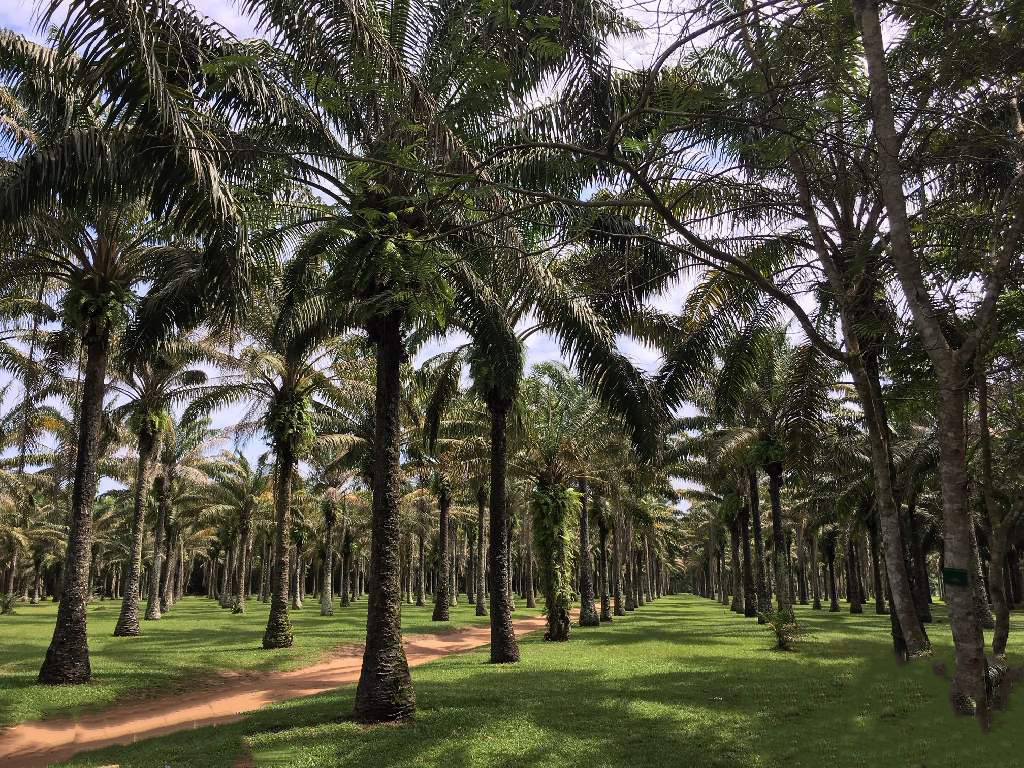 All in all Seccom CEO Sam Blango will spend a total of 23 days in 8 countries in West Africa. Seccom currently has offices in Monrovia, Liberia, Ghana, Sierra Leone, and Cote D’Ivorie. We hope to foster new relationships and bring tourism and artistic and cultural exchange to the region.
All in all Seccom CEO Sam Blango will spend a total of 23 days in 8 countries in West Africa. Seccom currently has offices in Monrovia, Liberia, Ghana, Sierra Leone, and Cote D’Ivorie. We hope to foster new relationships and bring tourism and artistic and cultural exchange to the region.
